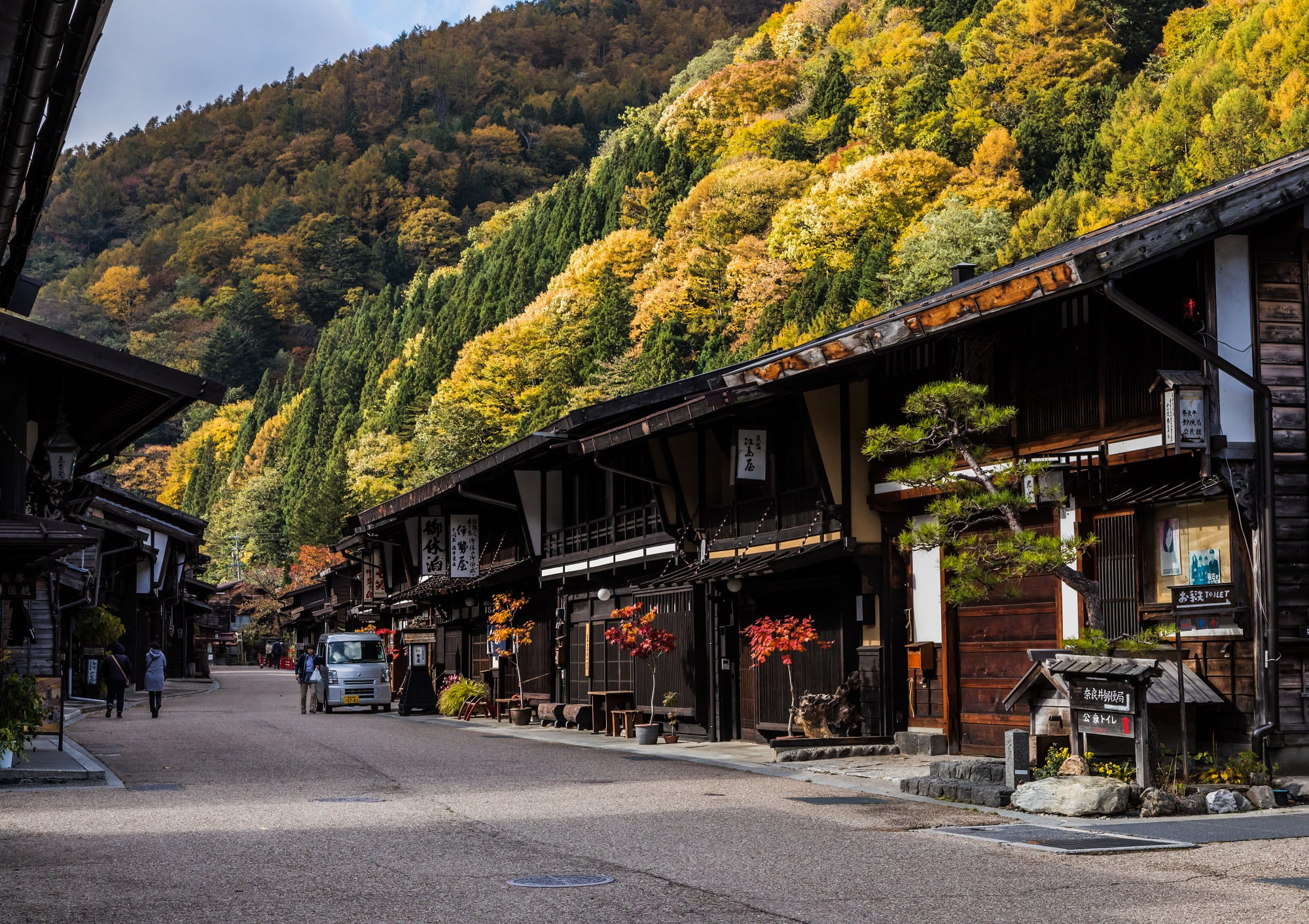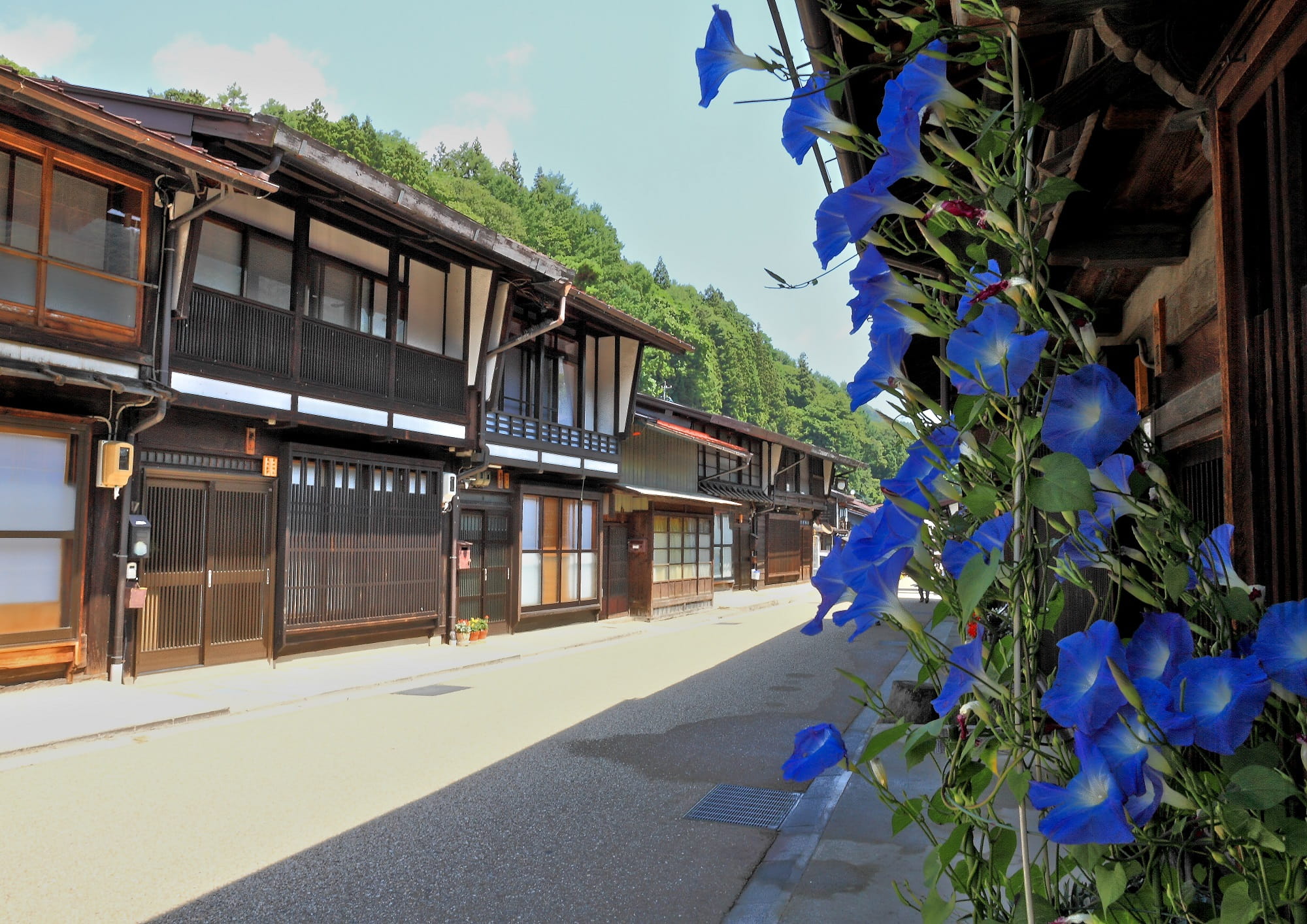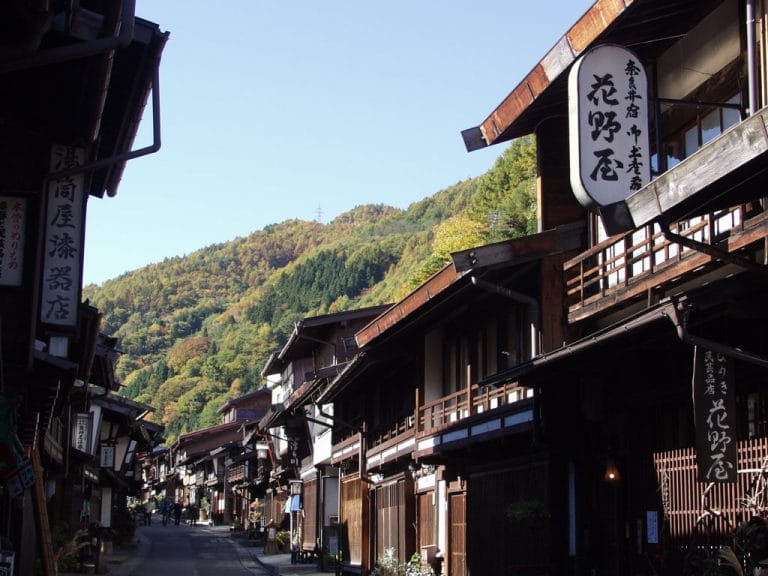Feel like a traditional traveler as you wander a section of Nagano that once connected Tokyo to Kyoto.
The Nakasendo Trail, meaning “middle mountain way,” is one of the most famous transport routes in Japan. Formerly connecting Edo (now Tokyo) with Kyoto, along the trail are 69 rest stations to help weary travelers make their way. With a history of about 400 years, the trail snakes its way southwestward down Nagano’s Kiso Valley, which remains one of the best-preserved sections of the road today.



